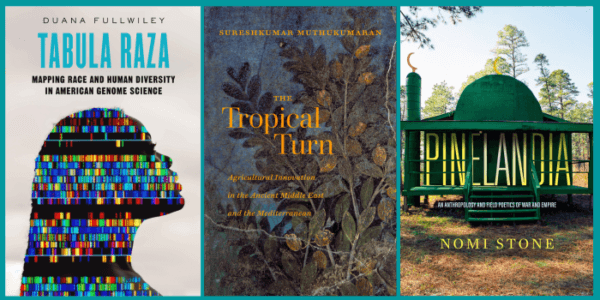About the Book
Women's virginity held tremendous significance in early Christianity and the Mediterranean world. Early Christian thinkers developed diverse definitions of virginity and understood its bodily aspects in surprising, often nonanatomical ways. Eventually Christians took part in a cross-cultural shift toward viewing virginity as something that could be perceived in women's sex organs. Treating virginity as anatomical brought both benefits and costs. By charting this change and situating it in the larger landscape of ancient thought, Virgin Territory illuminates unrecognized differences among early Christian sources and historicizes problematic ideas about women's bodies that still persist today.

